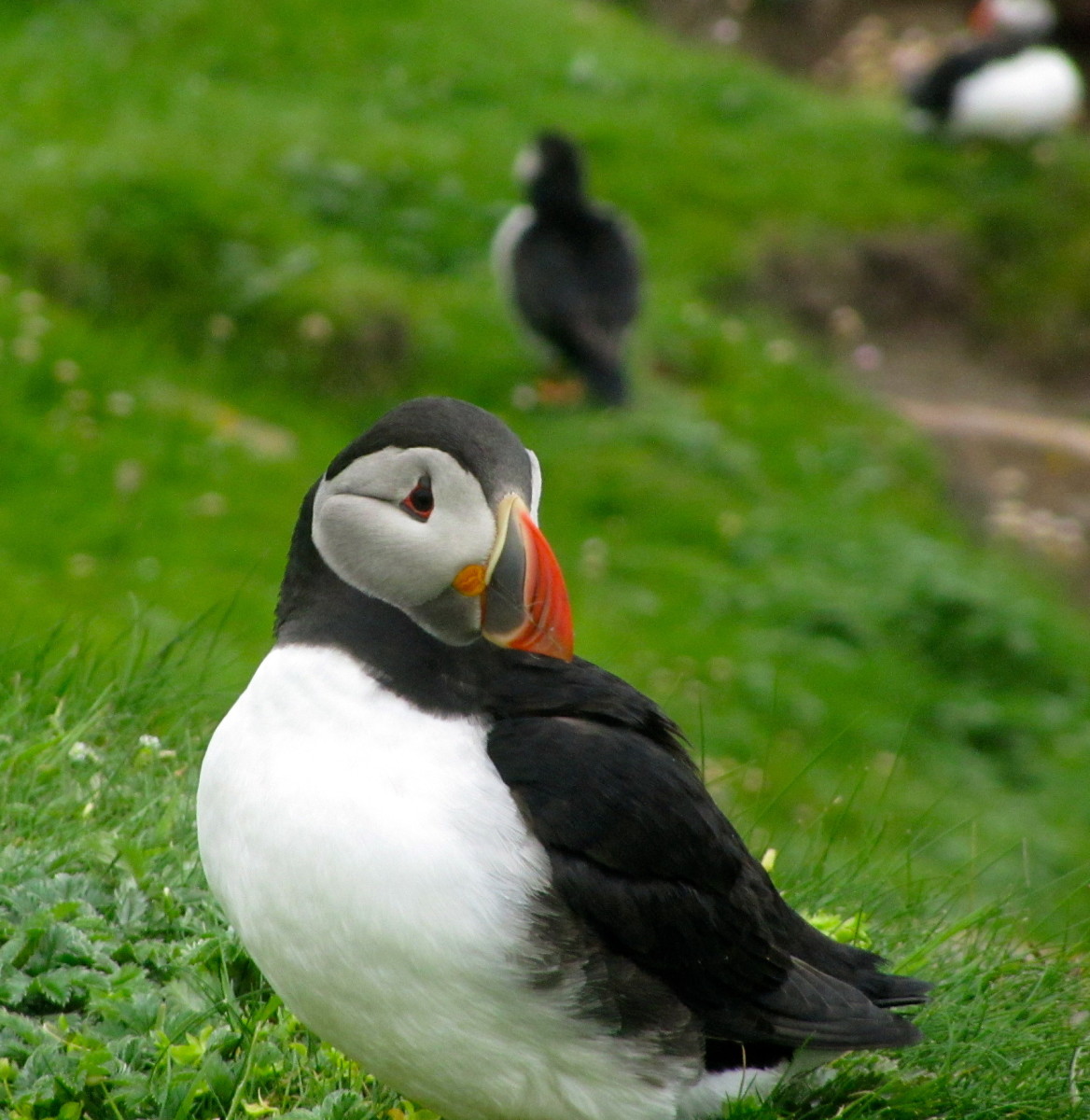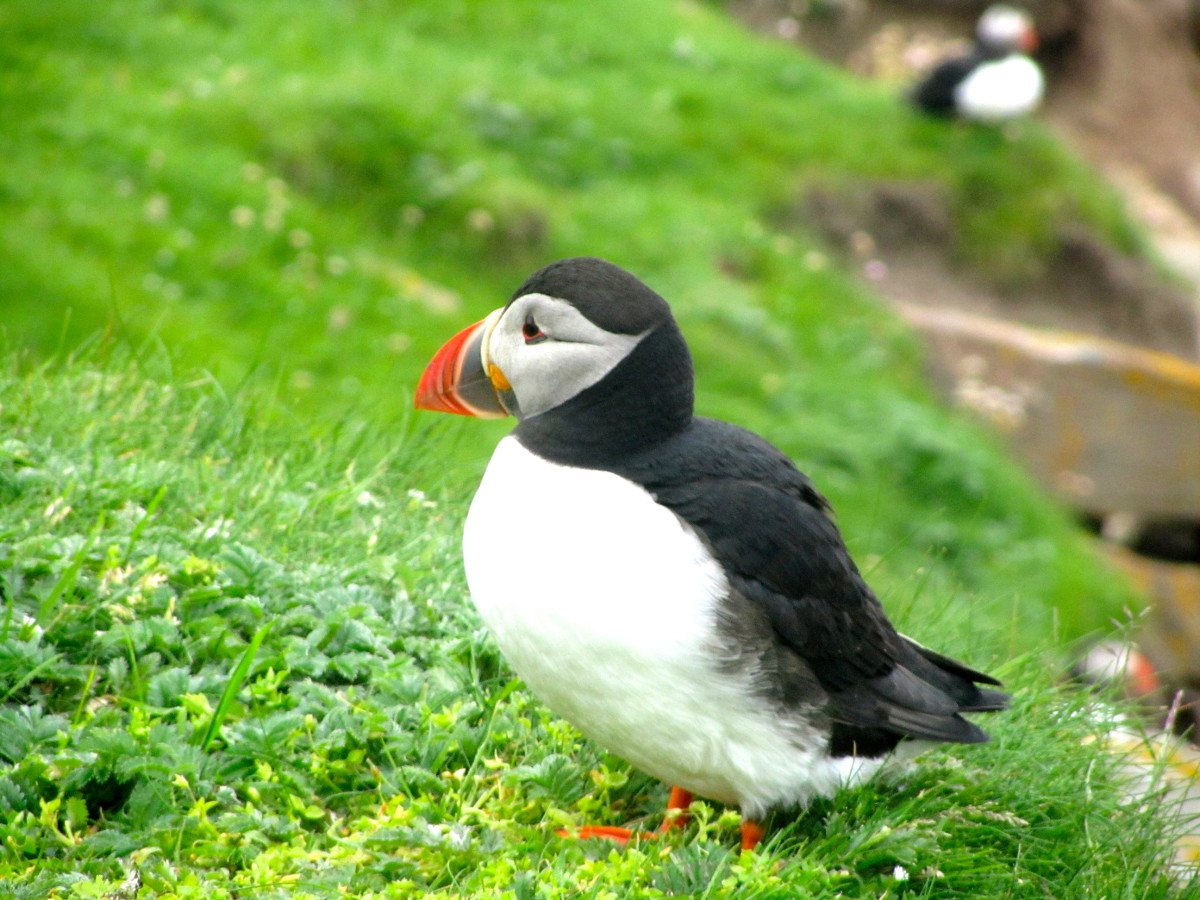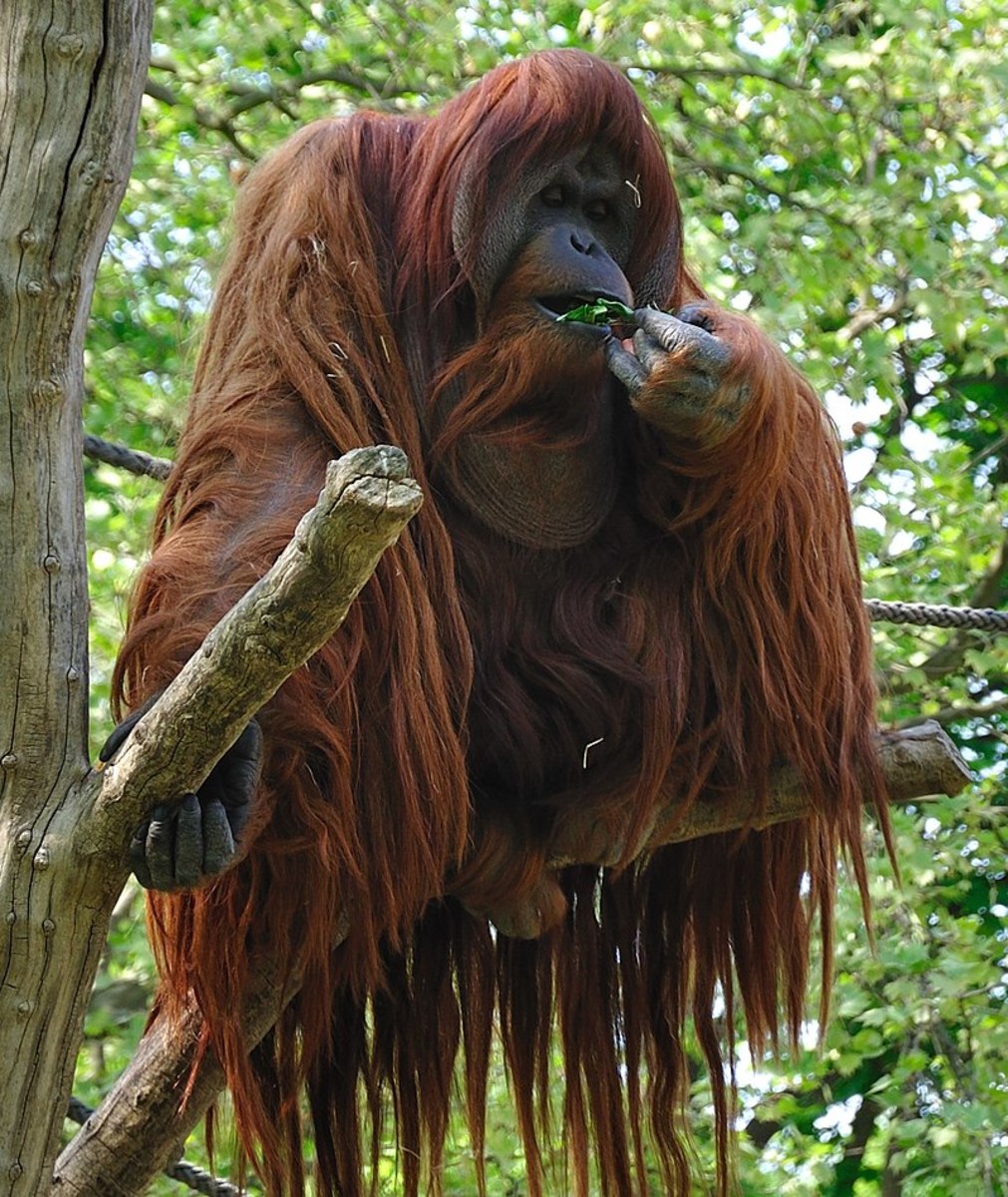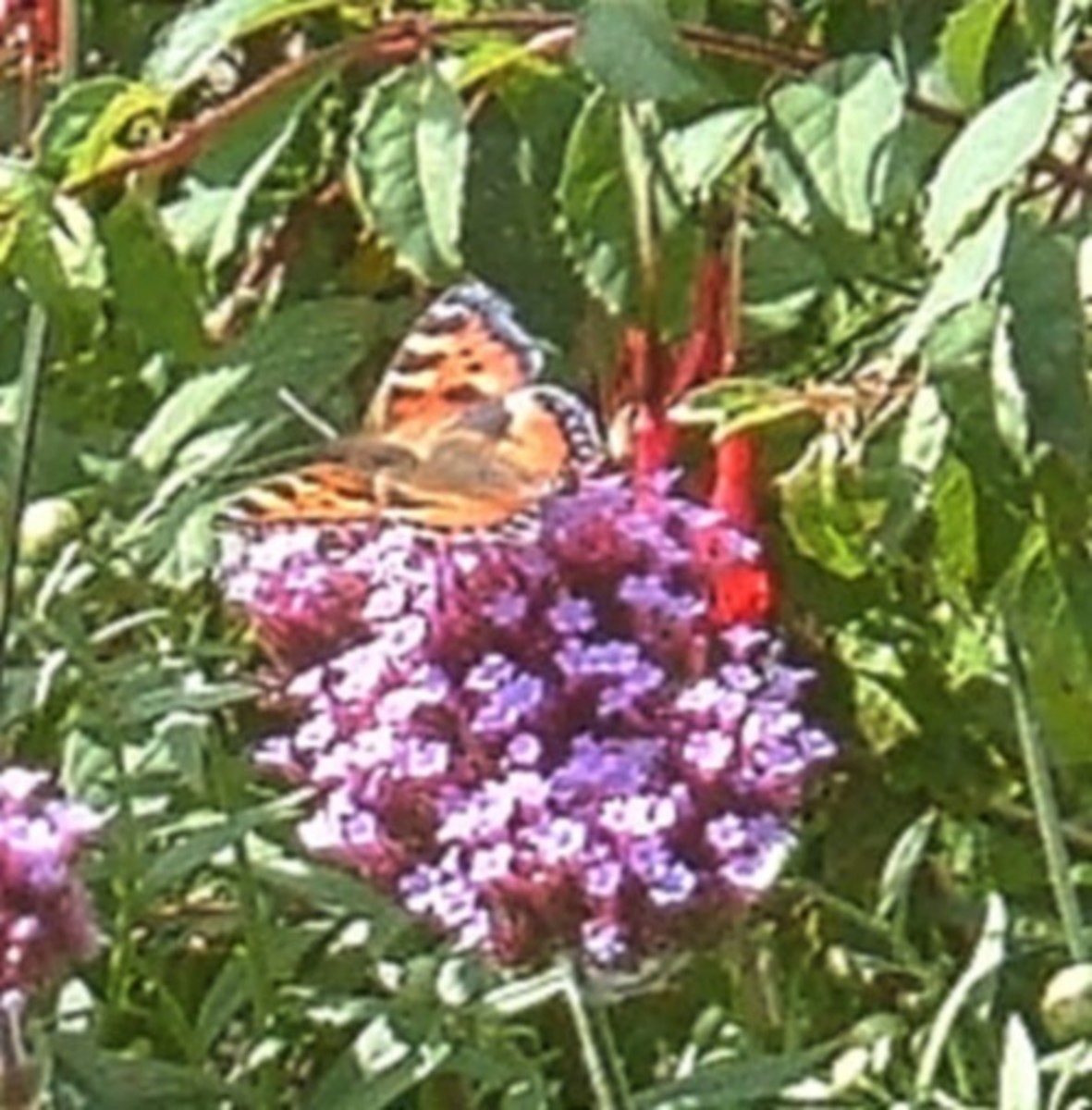The Javan Rhinoceros
Javan Rhinoceros(Rhinoceros Sondaicus)
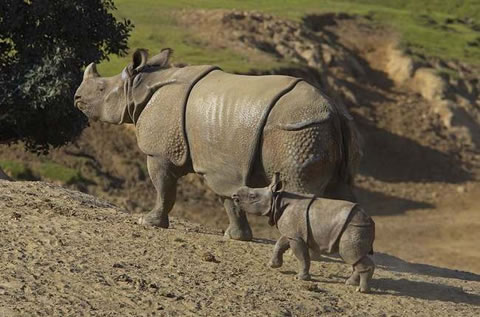
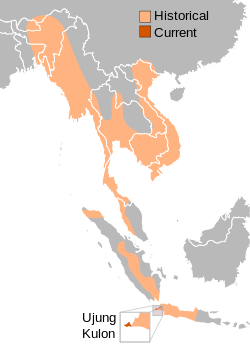
Once one of the most widespread of Asian Rhinos, it ranged throughout Java, Sumatra, throughout southeast Asia and into India and China, there is now only one known population left in the wild and this numbers a mere 40 animals, maybe less. There are none living in captivity, the last recorded animal died in 1907. Because of this the Javan Rhino is now on the Critically Endangered List.
This also the least studied of the Rhinos because researchers and scientist have a real feared disturbing it, so fecal samples and camera traps are used to check on the remaining animals health and behavioral patterns.
A second population in Cant Tien National Park in Vietnam was tragically confirmed extinct in 2011.
- Saving Rhinos LLC publishes news & information about the illegal trade in rhino horn & globa
Saving Rhinos publishes news and information about the illegal trade in rhino horn and global rhino conservation issues: Rhino horn is NOT medicine.
Last remaing refuge of the Javan Rhino
Facts that are known.
Firstly the Javan Rhino' is possibly one of the rarest LARGE mammals on earth.
Its colouring is usually gray or grayish brown and it has Mosaicked skin similar to that found on the Indian Rhino'. This means it has distinctive folds in its skin which give the appearance of armour. It is a single-horned animal , usually on the male only and this in itself is small growing to just 25cms(10ins) long.
It is a quick and agile animal, which has 3 distinct toes on each foot, though as it has no natural predators apart from man, the only time it would need speed is to either flee from poachers or attack in defense of its young.
The Javan Rhino lives on a diet of grass, twigs, leaves and saplings, for which its prehensile top lip comes in very handy. and makes regular visits to salt licks formed by mineral seepage's. It also drinks seawater to supplement its mineral needs.
It mainly inhabits lowland rain forest, floodplains and wet, open grasslands, this remaining range being protected, but there is still a great threat from poachers.
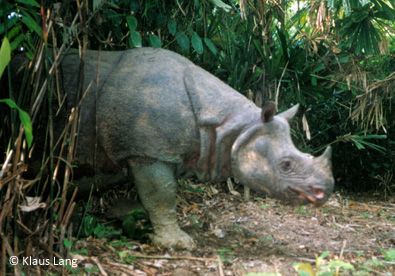
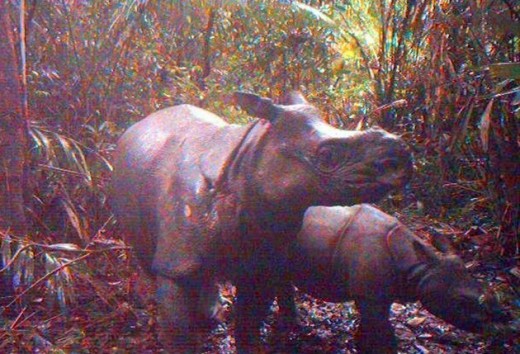
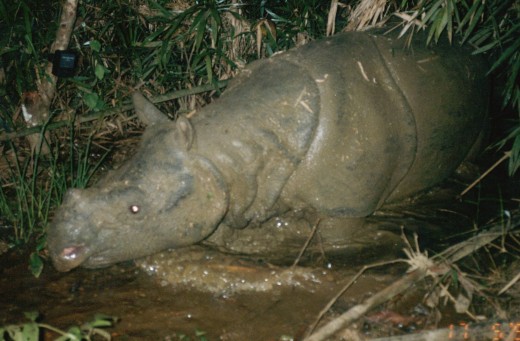
The Reasons for decline.
The reasons that the numbers have declined to the point of Critical endangerment are not many.
Primarily the numbers are so dangerously low due to poaching. Rhino horn is still used in traditional Chinese medicine and with prices reaching as high as $30,000 per kilogram and even more there is a large Black Market!!
Secondly there is a loss of habitat especially as a result of wars (Vietnam War), and thirdly the chance of disease and of course lack of genetic diversity.The last leads to depressed inbreeding which will weaken the species further.
There are great steps being taken to continually protect this very rare Rhinoceros, and recently reports of breeding couples being seen on the camera traps is giving heart to the conservationists.
All we can do is hope that yet another species that has been on the planet probably longer than man gets a chance to thrive again.


